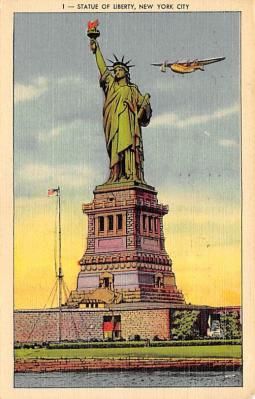
I wrote that income doesn’t matter much.
A discounted cash flow model proves this clearly.
Early-year cash shrinks rapidly when discounted back.
What dominates is the terminal value at the end.
It accounts for the bulk of valuation weight.
But that value depends on future continuity.
The system must show signs of ongoing life.
This idea is captured in going concern.
Humans don’t qualify for it.
You will slow down.
You will stop earning.
You cannot extend forever.
Without continuity, you are not worth much.
Your salary ends with your capacity to work.
This is why I said systems are necessary.
They are the only things that can outlive you.
But not every system qualifies.
Survival alone is not enough.
Terminal value comes from solving something time will not erase.
The more timeless the space, the more powerful the compounding.
If the world will still need it in ten years, it’s worth building.
Even if others are already building in it.
Even if competition is high and space feels crowded.
The future doesn’t necessarily reward novelty.
It rewards continuity.
If we are optimizing for terminal value, we must build systems that will last for decades.
They should make sense today and make even more sense ten years from now.
They should be useful in the present, and still active when the current infrastructure matures.
The goal is to serve something that does not expire.
It will work now.
It will get stronger soon.
And it will remain necessary long into the future.
We are looking for what time supports.
This is exactly how Jeff Bezos built Amazon.
He asked what would still matter in ten years.
He knew customers would still want faster shipping.
They would still want more variety and better prices.
These preferences were not invented by markets.
They existed before Amazon and will outlive it.
That is why the system was built to serve them.
It was designed around demand that wouldn’t die.
The structure made sense in 2005 and in 2025.
And it will continue to make sense in 2035.
That is what building for time looks like.
The Lindy effect explains why that strategy works.
Lindy effect says that if something has lasted a long time, it will likely last longer.
A hundred-year-old need is harder to displace.
Lindy effect is about survival over time.
Time acts like a stress test.
Products built on Lindy patterns are not fragile.
They improve with age.
They collect cultural weight and user trust.
That is exactly what terminal value needs.
A long runway.
And something solid enough to keep running or look like it will run.
Nothing has proven Lindy like the human body.
Human needs are not volatile.
They are inherited.
We do not escape our structure.
We eat.
We drink.
We fear.
We love.
We want to be held.
We want to be seen.
We want our skin to feel smooth.
We want our hair to be clean and shaped.
We want to speak well in front of others.
We want to be chased.
We want to feel chosen.
We want the cloth on our skin to fit right.
We want our beds to hold us.
We want the water we drink to taste safe.
We want the shoes on our feet to carry us well.
We want people to think of us well.
None of this is invented.
It is embedded in how we are built.
If you build systems that support these truths, you build something time respects.
Brands catering to the needs mentioned above are worth billions.
The demand will not vanish.
The structure will not rot.
And if it stays alive long enough, the terminal value will be generated.
Time rewards what does not disappear.
After all, business is about humans.
And humans are not changing that fast.
So keep the Lindy effect in mind.
Build on what the body, the soul and the heart needs.
Choose problems that time has already tested.
Design for what outlasts fads, platforms, and tools.
Don’t chase trends.